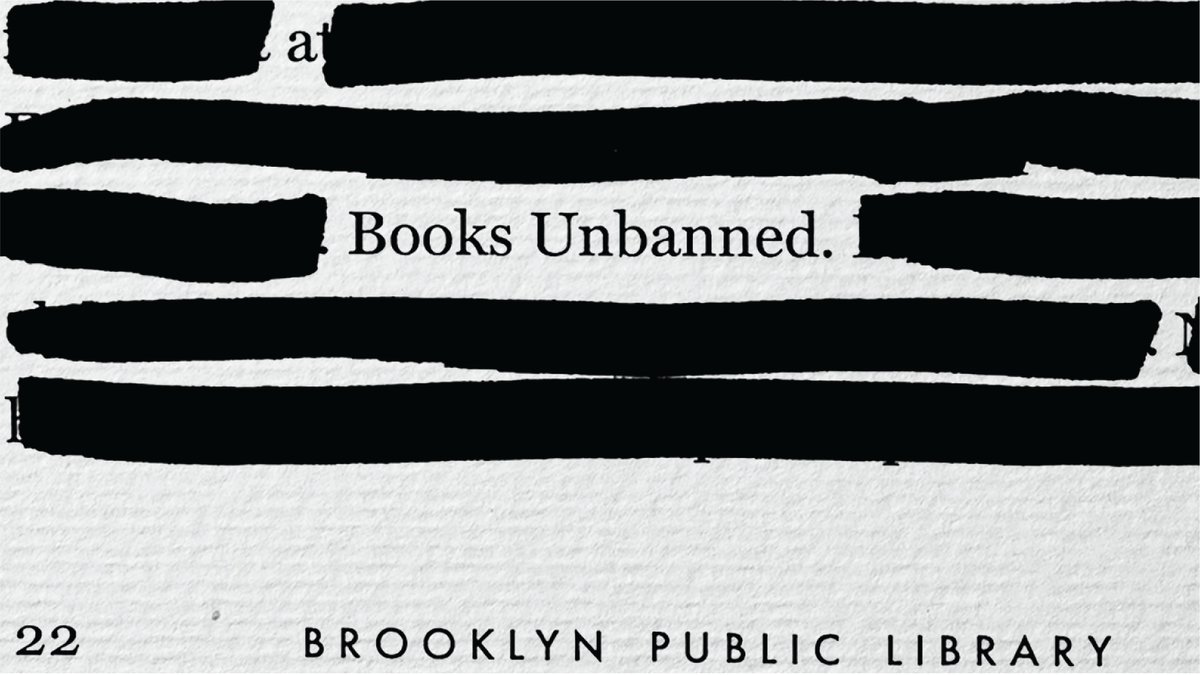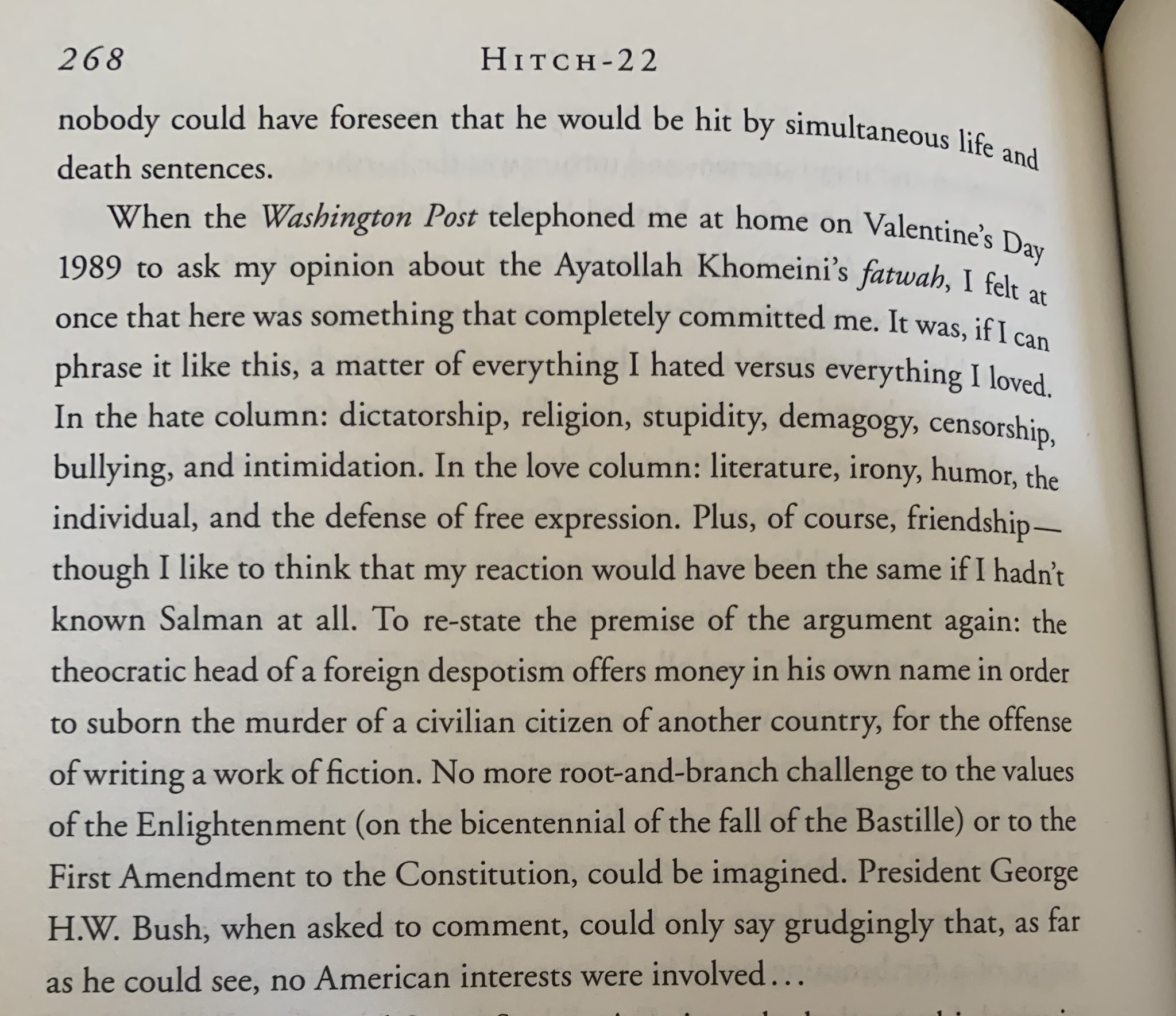Little Amal is a 10-year-old Syrian girl from a small village near Aleppo, a refugee and unaccompanied minor, who’s traveled over 9,000 kilometers over the last 15 months, hoping to reunite with her mother.
Little Amal is also a 12-foot tall rod puppet, operated by three performers — one on stilts inside her molded cane torso, to operate her head, face and legs, with two more taking charge of her hands.
As her creators, Handspring Puppet Company co-founders Adrian Kohler and Basil Jones, explain above, Amal’s puppeteers must enter a group mind state when interacting with the crowds who turn out to meet her at free, community-created events:
If the person inside on the stilts decides to turn left, the other two have to respond immediately as the arms would, so they all think the same thought.
Amal, who travels with three times as many puppeteers as are required for any given appearance and two back up versions of herself in case of malfunction, is truly a miracle of non-verbal communication.
As a child who doesn’t speak the language of the countries she has visited, she expresses herself with gestures, and seemingly involuntary micro-movements.
She bows graciously in both greeting and farewell, taking extra time to touch hands with little children.
She swivels her head, eagerly, if a bit apprehensively, taking in her surroundings.
Her lips part in wonder, revealing a row of pearly teeth.
Her big, expressive eyes are operated by the performer on stilts, using a trackpad on a tiny computer.
The lightweight ribbons that make up her long hair, pulled none too tidily away from her face with a floppy bow, catch the breeze as she towers above her well wishers.
After stops in Turkey, Greece, Italy, Switzerland, Germany, Belgium, France and the UK, Little Amal landed in New York City, where members of the Metropolitan Opera Orchestra and Children’s Chorus serenaded her with Evening Song from Philip Glass’ opera Satyagraha as she passed through John F. Kennedy International Airport.
The New York Times’ Matt Stevens described the scene as Amal came into view:
As her head peeked out from above metal barriers, Little Amal widened her eyes as she took in the arrivals terminal at Kennedy International Airport on Wednesday. She looked left, then right, clutching her big green suitcase with its rainbow and sun stickers. She was, as newcomers to New York City so often are, a little nervous, and a little lost…(she) appeared transfixed by the music — much like the many travelers strolling by with their suitcases appeared transfixed by the 12-foot-tall puppet suddenly towering before them. Still, she was trepidatious, a tad reluctant to approach the orchestra. At least, that is, until a chorus member — a girl wearing a sunflower yellow shirt — went up to her and took her by the hand.
With 50 events in 20 days, Little Amal had a packed schedule that included a nightime visit to Jane’s Carousel in Brooklyn Bridge Park and an early morning trip along Coney Island’s boardwalk. Unlike most first time visitors, she spent time in Queens, Staten Island and The Bronx.
A New Orleans style second line processional escorted her a little over a dozen blocks, from Lincoln Center, where she interacted with dancers and performance artist Machine Dazzle, to the American Museum of Natural History, above.
New York’s immigrant history was evident in Little Amal’s tour of the Lower East Side and Chinatown, with stops at the Tenement Museum and the Clemente Soto Vélez Cultural & Educational Center.
With every appearance, Amal’s incredibly lifelike movements and dignified reserved turned adults as well as children turned into believers, while bringing attention to the tens of thousands of children who have fled war and persecution in their home countries.
See photos and read more about Little Amal’s past and future travels here.
Download a free Little Amal activity and education pack here.
Related Content
Jim Henson Teaches You How to Make Puppets in Vintage Primer From 1969
The Hand Puppets That Bauhaus Artist Paul Klee Made for His Young Son
Albert Einstein Holding an Albert Einstein Puppet (Circa 1931)
- Ayun Halliday is the Chief Primatologist of the East Village Inky zine and author, most recently, of Creative, Not Famous: The Small Potato Manifesto. Follow her @AyunHalliday.



